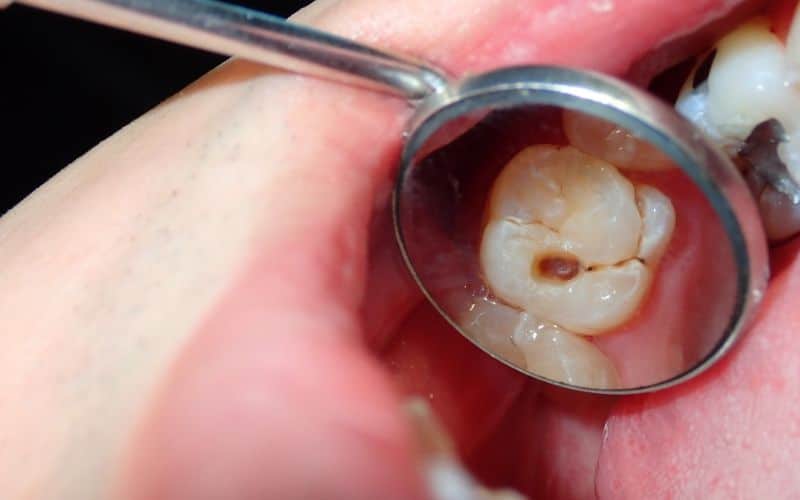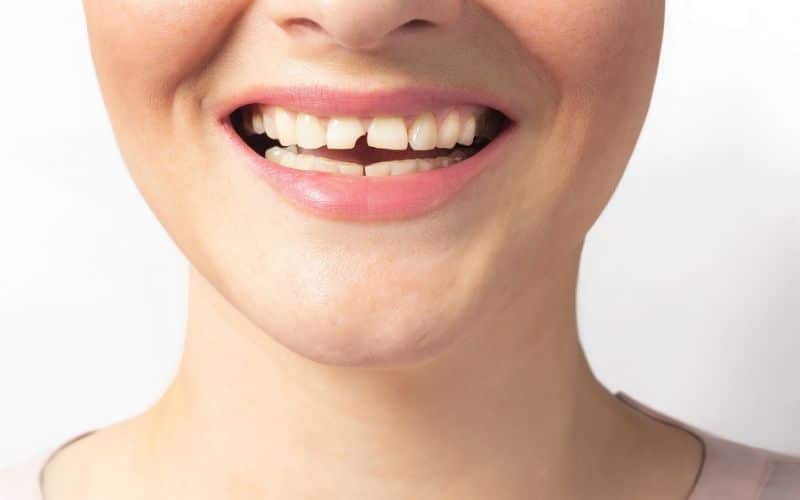Tooth pain can be caused by several things. Some can be fixed by changing your routine, while others need to be treated by a dentist.
A dentist uses different equipment and technologies to diagnose and treat oral health issues. They may also oversee dental assistants and hygienists.
A dentist might use nitrous oxide, commonly known as laughing gas, to help ease tooth extraction pain. Nitrous oxide can cause a light euphoria, which can distract patients from any pain or discomfort during the procedure.
Toothache
Tooth pain can be annoying, but it’s also an indicator of a serious problem. Whether it’s dull and achy or sharp and throbbing, it can make it hard to work, talk, focus, or even sleep at night. The good news is that dentists can usually help to alleviate tooth pain. If you have a toothache that lasts more than one or two days, schedule an appointment with your dentist as soon as possible.
Tooth decay is the most common cause of toothaches for both children and adults. The bacteria that live inside your mouth can create a sticky plaque that clings to the surface of your teeth and produces acids that eat away at the enamel, which causes a cavity. The first sign of a cavity is often a small, sensitive area on the surface of your tooth that hurts when you eat something hot, cold, or sweet.
If the pain is severe, take over-the-counter (OTC) painkillers like paracetamol and ibuprofen to reduce the pain and inflammation. However, don’t put aspirin directly against the gums, and don’t give aspirin to children under 16 years of age. If the pain is accompanied by swelling, apply a cold compress to the outside of your cheek. It will numb the area, reduce inflammation and swelling, and may help you to get some sleep.
Cavity

While cavities can be saved, sometimes they get so bad that the tooth has to be removed. The severity of the cavity is a determining factor, as well as the depth and location of the damage. Once a dentist has cleaned the extraction site, they will usually place a small piece of gauze to control bleeding and help a blood clot form in the socket. You will probably feel a bit of tenderness in the area for a few days, although this should decrease as the site heals.
Tooth decay is one of the most common dental issues and can cause a number of symptoms, including pain. This occurs when bacteria in the mouth break down sugary foods and drinks, which erode the hard enamel of the teeth. The bacteria can then penetrate the inner pulp tissue of the tooth, causing infection and pain. If left untreated, a deep cavity can lead to a tooth abscess, which is characterized by a pocket of pus at the tip of the root of the affected tooth.
Everyone has bacteria in their mouths, and while some are good, others can be harmful. These germs gather in a sticky substance called plaque, which coats the teeth. Over time, the plaque can produce acids that eat away at the enamel and leave holes in the teeth. These holes are known as cavities and can cause a range of symptoms, including pain after eating or drinking cold or hot foods.
Gum Infection

If you have gum disease, the bacteria that infect your mouth can spread through the roots of your teeth. If this happens, a harmful plaque builds up in your gums and causes inflammation. The inflammation can also cause bleeding. If you don’t take care of it, the gum infection can lead to loss of your teeth. In most cases, the dentist will suggest removing your infected tooth to curb the infection and prevent it from spreading to other areas of your mouth.
Bleeding gums are a common symptom of gum infection, called gingivitis. It’s important to treat it early because healthy gums don’t bleed. A dentist can use a specialized tool to clean the area and remove the infected tissue. If the problem is severe, he may recommend you use home remedies, such as rinsing with salt water. Salt is a natural disinfectant and can reduce inflammation and pain. You can rinse your mouth with lukewarm water and salt twice daily to manage the condition.
Sometimes, a new tooth will only partially erupt. This is usually because there’s not enough room in your mouth for it to grow. When a partially erupting tooth becomes infected, the dentist will usually remove it. He may have to drain the abscess or give you antibiotics before he can extract it. The need for these medications must be weighed by the dentist against other factors, including the patient’s medical status and the extent of the swelling.
Broken Tooth

The enamel that covers your teeth is the hardest and most mineralized tissue in your body. Its strength, however, does have limits, and a blow to the head or crunching down on hard candy can cause your tooth to crack or break. If you have a broken tooth, it is important to call your dental professional for an appointment as soon as possible.
A severe break will hurt, and the exposed nerve can be very sensitive to hot and cold foods and drinks, causing pain that may come and go. In some cases, a root canal treatment and crown will save your tooth, but it is sometimes necessary to remove a broken tooth.
Your dentist will administer local anesthesia before numbing the area around your damaged tooth to ease discomfort and prevent any further damage. Then, using a tool called an elevator, they will loosen the tooth before removing it with forceps.
After a tooth extraction, it’s important to avoid disturbing the wound, smoking, or sucking on fluids to speed up recovery. You can also rinse your mouth with warm water and use over-the-counter pain relievers to manage the discomfort. It is normal to have throbbing pain during this time, but it should subside within a day or so. You can also place a piece of gauze or a damp tea bag on the socket to help it clot.


